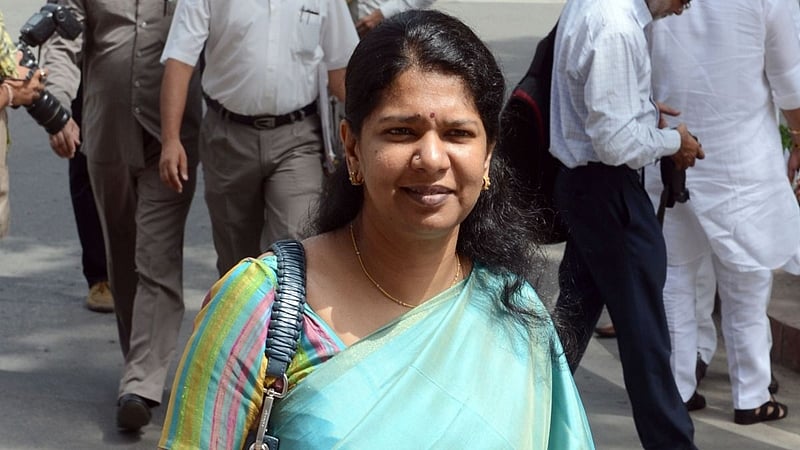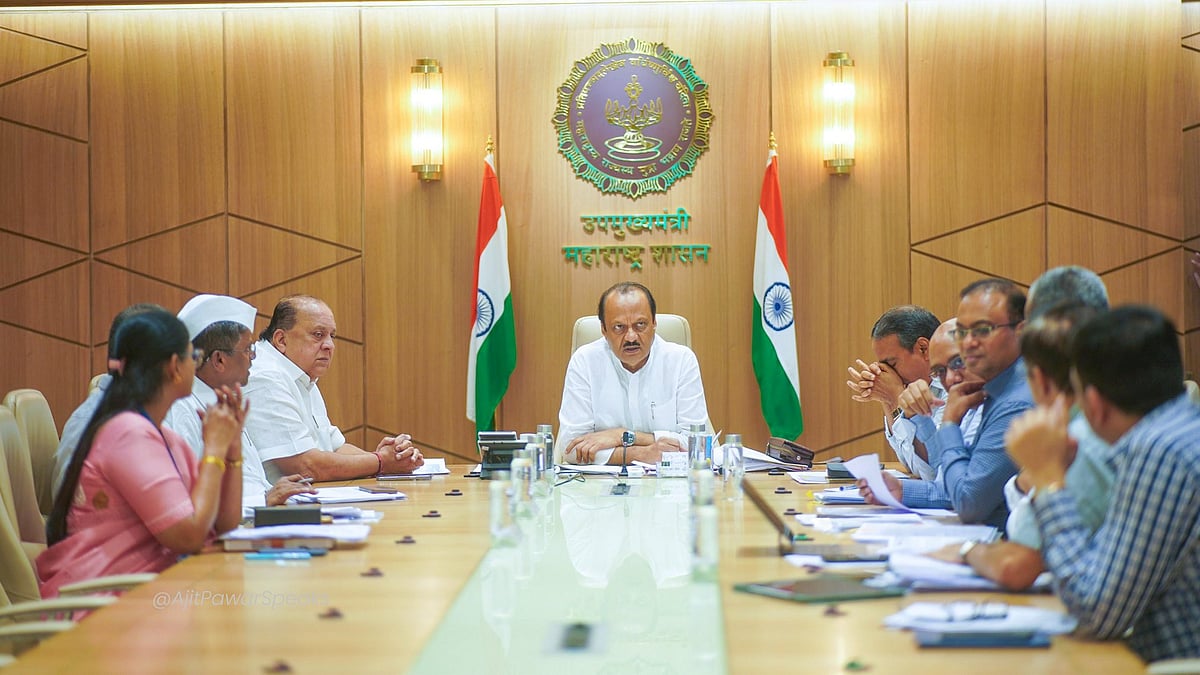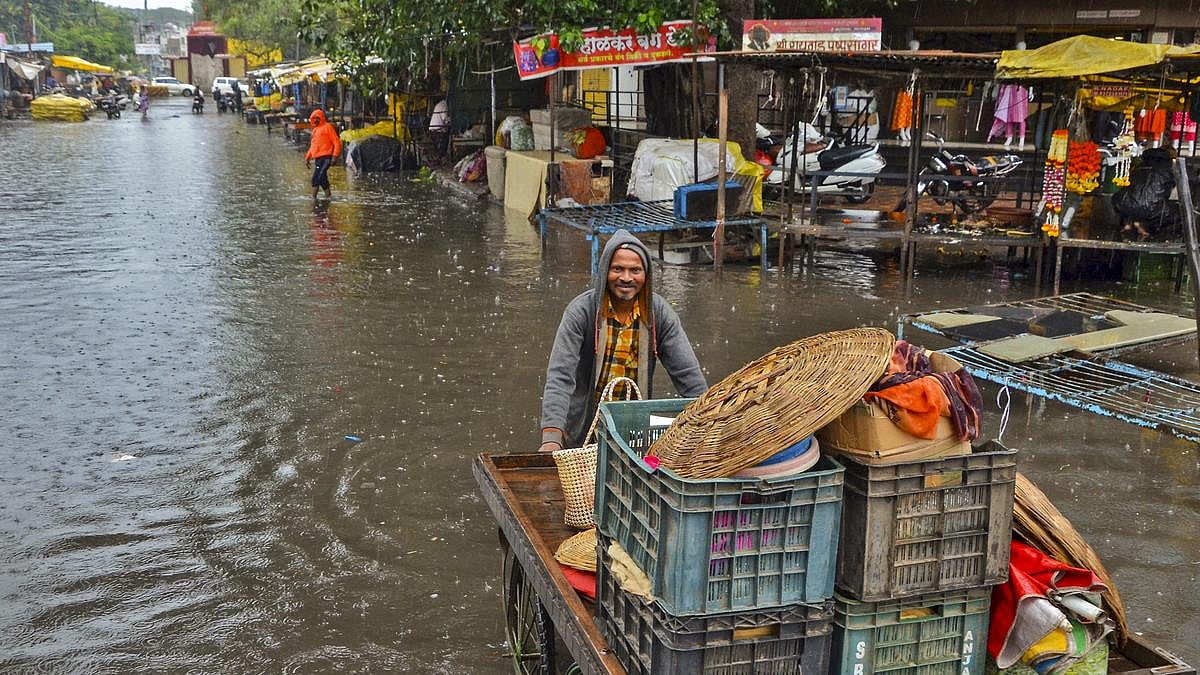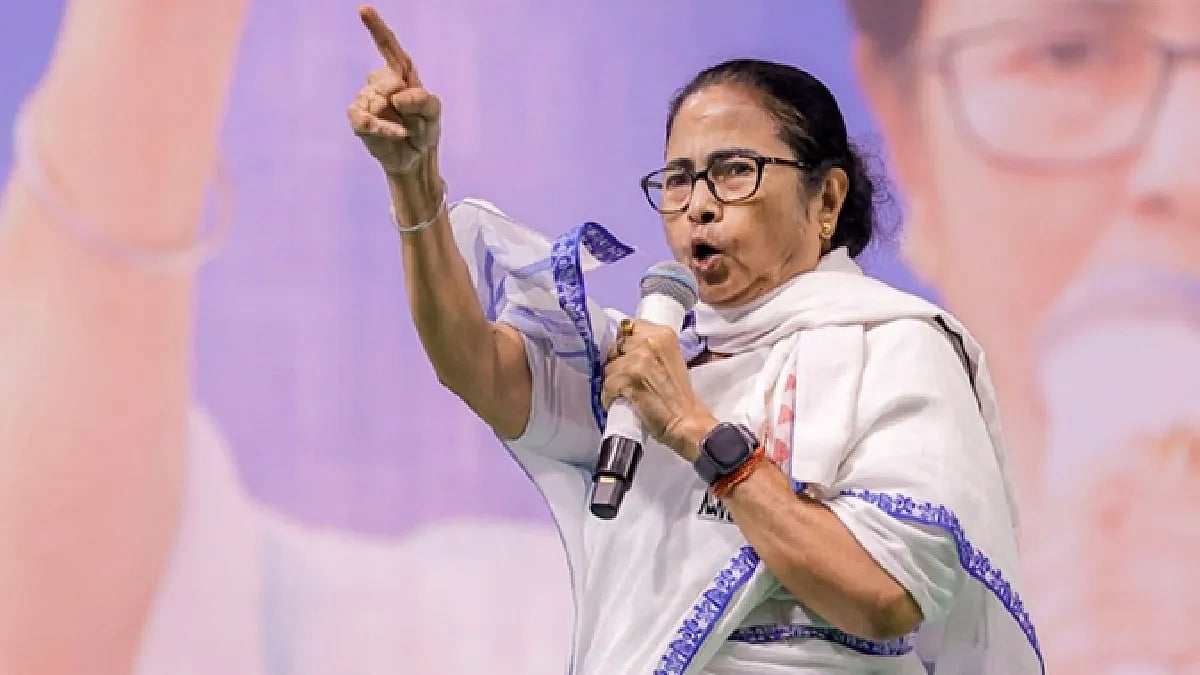The RBI Governor on Friday (April 17) announced a slew of measures and relaxations as the nation slowly but surely sizes up the nature of the economic challenge that the lockdown poses. In Friday's announcement, the RBI has reduced the rate at which it absorbs liquidity (the reverse repo rate) to 3.75 per cent to discourage banks from parking funds with it.
The change is significant in that it tells us that banks are flush with funds but don’t know what to do with them. There is no one to lend to, since economic activity is down, and so the funds end up in the vaults of the RBI to earn some interest. But, of course, this is precisely what the RBI doesn’t want.
It wants the funds to pour into economic activity, but that is clearly not happening. Friday's action also tells us why the heavy drop of 75 basis points in the policy repo rate in the Monetary Policy announcement of March 27 was an action in vain. That signalled that rates are down, so industry should borrow more. But this is such a bind that the signal has largely gone unheeded. All of this tells us that monetary policy cannot be a gamechanger in the special circumstances when a health crisis of monumental proportions is creating an equally severe economic crisis.
The RBI further announced steps like injecting liquidity through Targeted Long-Term Repo Operation (TLTRO 2.0) amounting to Rs. 50,000 crore to make available funds for the banks to invest in investment rated bonds, commercial paper and convertible debentures of the NBFCs, extending relief to real estate borrowers and NBFCs, enhancement of Ways and Means Advances (WMA) to meet the State governments cash deficit problems and relaxation on recognition of NPAs.
But this is truly a difficult time for the economy. Retail inflation on a y-o-y basis for March 2020 has been estimated at 5.9 per cent, with food inflation of 8.76 per cent, given that vegetables and pulses products were at much higher levels of 18.63 and 15.85 percent, respectively. These estimates have only taken into account a partial survey that covers only 66 per cent of the landscape.
It may be noted that for the past three months, the inflation rate has been higher than the specified ceiling of rate of 6 per cent under the operational framework. The Governor has mentioned that inflation is on a declining trajectory; so, the RBI has estimated that during H1 of 2021 retail inflation will settle below the average inflation targeting rate of 4 per cent.
The Monetary Policy Report (MPR) released on April 9, 2020, had said the inflation rate will be around 3.6 to 3.8 per cent. It will not be out of place to mention that IMF in its World Economic Outlook report released on April 14, 2020, has also projected a below 4 per cent inflation rate. How far this will be closer to reality is not known currently but inflation could well be higher.
If fuel inflation goes up due to the decision taken by the OPEC to cut production, controlling inflation at the average rate of 4 percent will be difficult. Similarly, anchoring inflation expectations at a lower level also seems difficult in the given circumstances. Where is GDP growth headed? Surprisingly, neither the governor’s statement today (April 17) nor the Monetary Policy Report has set out any clarity on growth for India.
The Governor has taken shelter under the IMF projection of 1.9 per cent growth in 2020 (January December) and 7.4 per cent growth in 2021. Further, the Governor opines that the recovery from the crisis will be V shaped.
He echoed the IMF statement that India is the fastest growing economy.
It is good to reflect, at this point, on the statement by former Governor Dr Raghuram Rajan in 2016 about India being the “bright spot” of the globe when other economies were down. To telling and lasting impact, Dr. Rajan had then said: “I think we have still to get to a place where we feel satisfied. We have this saying — ‘In the land of the blind, the one-eyed man is king.’ We are a little bit that way.” That lesson is more relevant today than it was in 2016.
The Governor of the fastest growing economy in any case should provide us some of our internal estimates of growth rather than rely on IMF projections. On the contrary, the Governor has mentioned that lower inflation rate (which looks non- achievable due to the possibility of increase in food, fuel and services inflation as uncertainties loom large) will provide policy space for growth revival. A v-shaped recovery is not a reality; it is a highly optimistic projection by the IMF, and the RBI would have done well not to accept this statement as it is.
Once we admit that we are in a pandemic, and a lockdown is the only solution, then how could growth revive so soon, either on the demand or the supply side? A large amount of liquidity has been injected into the economy with the objective of providing loans to the private sector. We do not have real time basis credit deployment to various sectors and industries. In a lockdown, how will credit offtake take place?
There could be two options for the banks. Park the surplus finds with the RBI as option 1 and/or invest the surplus funds in government bonds as option 2. The largescale liquidity, which has been provided or will be provided by the RBI by printing money, in some estimates, is around 3.5 per cent of the GDP; this will have the potential for a demand-pull inflation. Investment is unlikely to pick up soon.
The one area that deserves special attention and money is the health sector. Credit should flow to health and health-related activities, agriculture and allied sector. That should be a single point of attention and focus, and also carries the added benefit of long-term rewards that will leave us better off when the pandemic and the lockdown end eventually. (R K Patnaik is a former central banker and Jagdish Rattanani is a journalist. Both are faculty members at SPJIMR. Views are personal) (Syndicate: The Billion Press) (e-mail: editor@theblilionpress.org)










